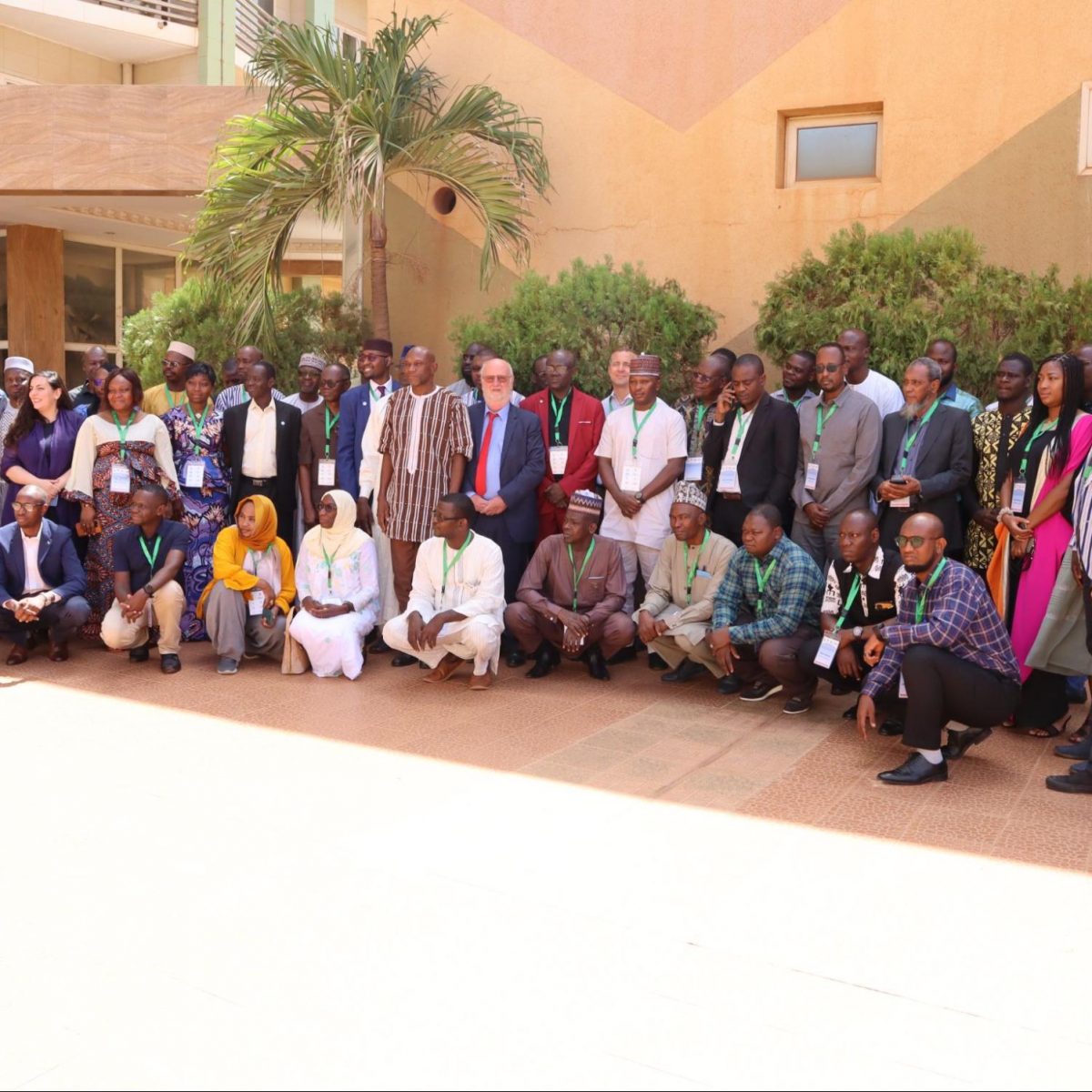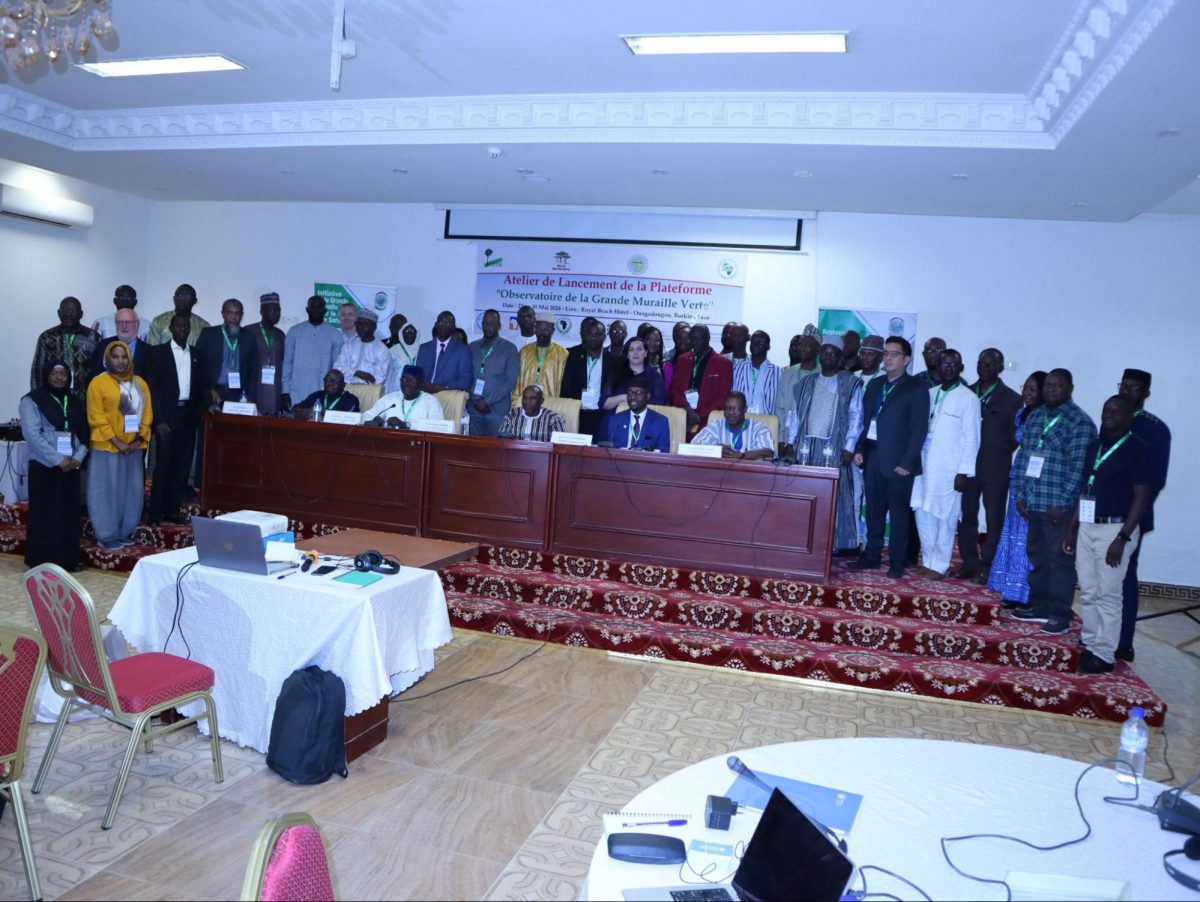
Great Green Wall Observatory: A New Data Platform to Support One of Africa’s Most Ambitious Efforts to Combat Climate Change
Over the past year, Development Gateway: An IREX Venture (DG) has worked with the United Nations Convention against Desertification (UNCCD), the Great Green Wall (GGW) Accelerator, the Pan African Agency for the Great Green Wall (PAGGW) and the 11 GGW state parties to build the Great Green Wall Observatory.
The Great Green Wall Observatory is the first-ever attempt at a multi-stakeholder, multipurpose digital platform to monitor the progress of the GGW Initiative, which seeks to combat climate change in Africa’s Sahara and Sahel regions. By providing access to finance and project management data, the Great Green Wall Observatory allows individuals to have oversight over the GGW Initiative projects being implemented in their communities.
By providing financial and project management information for the 11 GGW states, the Great Green Wall Observatory increases collaboration, accountability, and transparency on the activities and projects of the GGW Initiative and informs local and regional engagement between financial and technical stakeholders and frontline GGW communities. As an openly accessible data platform, the Great Green Wall Observatory opens up the possibilities for improved outcomes, coordination, and measurement of the impact of the existing and future GGW initiatives and paves the way for other climate action projects to grow and expand, as existing ones succeed.
In 2007, the African Union led the creation of the GGW Initiative in 11 countries: Burkina Faso, Chad, Djibouti, Eritrea, Ethiopia, Mali, Mauritania, Niger, Nigeria, Senegal, and Sudan. The mission of the GGW Initiative is to combat the effects of climate change in the Sahel region by restoring 100 million hectares of land, creating 10 million jobs, and sequestering 250 million tons of CO2 equivalents. The GGW Initiative is connected to two main agencies through the African Union: the Pan African Agency for the Great Green Wall (PAGGW), which coordinates GGW activities with the 11 National GGW Agencies, and the UNCCD GGW Accelerator, which was formed during the One Planet Summit in 2021 to fast track the implementation of the GGW Initiative.
In 2021, the GGW Initiative for the Sahel and the Sahara developed the Harmonized Results Indicator Framework (HRMF) to align the Pillars, Sub Pillar Objectives, and GGW Indicators as well as to standardize the definition and monitoring of the progress for the GGW initiative. The Great Green Wall Observatory, which is an online tool for the aggregation and visualization of financial data as well as the HRMF data, will help stakeholders track outcomes and impacts of the initiative. Portions of the data in the Observatory are from projects funded through One Planet Summit donors, including the World Bank, the European Union, the African Development Bank, the French Development Agency, the Green Environment Facility, the Global Climate Facility, and various United Nations Agencies. As of May 2024, the platform includes data on a total of 302 projects with a total commitment of USD 15+ billion.
Creating the Great Green Wall Observatory: A Collaborative Approach
When DG creates a digital solution, key prerequisites for the establishment and sustainability of data and information system are established. In building the Great Green Wall Observatory, we focused on the following metrics:
- Standardized data indicators and definitions availed through the GGW Harmonized Results Indicator Framework;
- Institutional mandate provided by the PAGGW and the respective National Agencies for the GGW;
- A system and data governance framework, provided by the Multi-stakeholder Data Task Force of the GGW; and
- Adequate technical and human capacity (e.g., people who are present and engaged in the project).
For data indicators, DG integrated data on financing and monitoring and evaluation indicators that the World Bank and the Africa Development Bank published into the Observatory. This data was drawn from the Harmonized Results Management Framework that the PAGGW adopted in 2012 to provide guidance on the design and measurement of progress for the Great Green Wall of the Sahara and the Sahel. The existence of the data standards and definitions is a key component of the Observatory.
A data governance framework had already been established through the GGW Data Task Force, which provided DG with a route for validating components of and co-creating the Observatory.
Finally, the GGW Initiative has a host of deeply engaged and invested partners who are eager to see the Initiative succeed. Some of partners with whom DG had the pleasure of collaborating included: UNCCD, World Food Programme (WFP), Food Agriculture Organization (FAO), IFAD, CIFOR-ICRAF, Sahara and Sahel Observatory(OSS), World Resources Institute, SOS Sahel, European Investment Bank(EIB), GIZ, World Bank, French National Research Institute for Sustainable Development(IRD), and the Austrian Development Agency (ADA).
The development of the Observatory also greatly benefitted from the open-source data that the World Bank and the Africa Development Bank published through the World Bank Policy on Access to Information and the AFDB IATI Data Portal. This data has allowed the Observatory to be a more robust platform which can generate more precise information than it would have been able to without this data.

Through this project, DG has seen the importance of open and accessible data for global climate action. We encourage partners, colleagues, and stakeholders to commit to the provision of open climate action data as they are able, in order to allow greater collaboration, innovation, and success for climate action efforts. In order for us to truly combat climate change, we need open data and we need each other.
Next Steps
As we celebrate this milestone for the Great Green Wall Observatory, we look forward to continued collaboration and partnerships on capacity building across the board for continuous improvement, learning, and knowledge sharing. To support this capacity building, the first training in a series was held in Ouagadougou, Burkina Faso from May 27 and 31, 2024. Capacity building will be essential to help the teams maintain quality control and ensure continued data use from all GGW stakeholders—both of which are key ingredients for the sustainability of the platform.
DG will also offer continued technical support to the PAGGW team as they build country-specific data use cases on GGW data. Gathering these use cases will also allow the GGW leadership to make inclusive decisions that incentivize the participation from women and youth in GGW’s restoration and landscape management efforts.